By Jeremy E. Green
Before Napoleon left for Syria, he ordered 30-year-old General Louis Desaix to subdue Upper Egypt, that is, the region upstream (or south) of Cairo, if need be all the way to the borders of Sedan. To do so, Desaix had to bring Murad Bey to heel. The wily Murad, however, followed a strategy of avoiding pitched battles and drawing the enemy away from his supply bases, slowly destroying him through attrition. The Frenchmen suffered, but they discovered the priceless treasures of Egyptian civilization, a world only dimly suspected to Europe. It was truly a modern epic.
[text_ad]
An Unforgettable Expedition
Murad Bey’s elusiveness caused Desaixs single division of 2,861 men (and two heavy guns) to march and countermarch three thousand miles. They suffered terribly from lack of shoes, eye disease, venereal disease, dysentery, and the heat. They stood up to bloody skirmishes similar to Sediman, where they held off five thousand charging Mameluke and Bedouin cavalry.
On November 8, General Comte Belliard reinforced Desaix with eight hundred infantry and a thousand cavalry. With Belliard was a 51-year-old civilian whose stamina surpassed that of any soldier. Vivant Denon, the illustrator, remained with the division for nine months sharing its adventures and hardships. His pen was to prove invaluable to the glory of the expedition and to history.
Military At Its Heart
But first this was a military expedition. Desaix administered justly and wisely the territories he controlled, restoring peace to warring villages. But elsewhere Murad Bey was recruiting 11,000 cavalry and three thousand infantry. On January 22, at Samhud, the two forces clashed. This time Desaix formed squares with artillery on the flanks and cavalry inside. The Mameluke cavalry was repulsed but again Murad escaped.
The French had to move quickly to keep up with the elusive Murad Bey. This produced great hardship for Denon. Hermopolis had enlightened him; its temple he recalled, “was the first monument to reveal to me the ancient architecture of Egypt; its stones … had been waiting for me for four thousand years. Belliard gave Denon only a few minutes to make a sketch.”
On through ruins that dwarfed the Parthanon the French marched. These were not featureless piles like the Pyramids but gigantic temples with forests of columns, each carved with hundreds of hieroglyphs.
Volunteering Their Knees for Drawing Boards
The French suddenly found themselves in ancient Thebes, site of the temples of Luxor and Karnak. The entire division halted and spontaneously clapped their hands in applause. They presented arms, and the bands played in salute.
Denon launched on a frenzy of sketching. Soldiers volunteered to let him use their knees for drawing boards while others surrounded him to protect him from the blinding sun.
Still, the toll was daunting. Between February 4 and March 27, 1799, Desaix’s march and countermarch covered 550 miles, making careful observation of the ancient ruins impossible. With barely four thousand men and none to spare for garrisons, Desaix had the incredible task of holding six hundred miles of Upper Egypt while his commander was in Syria.
Egyptology Was Born
Desaix’s fortitude was simply stated in his letter to Cairo dated March 9: “We have no shoes, no clothes, no cash. We are exhausted with fatigue. But we shall go on beating the Meccans, the Mamelukes, and the peasants.” Disaster struck on April 3, when the Meccans massacred Desaix’s isolated flotilla of two hundred marines and three hundred blind and wounded at Qena.
Yet for the most part, Desaix’s marching strategy was successful in that the Mamelukes remained divided and the consolidation of their forces was always temporary. And Denon and the French engineers became passionate archaeologists. Architectural details — columns, statues, fragments, paintings and hieroglyphics were drawn and recorded to fill several volumes. The result of these efforts, published years later in the Description de L’Egypt, was a thorough survey of Upper Egypt and its ancient wonders. It launched Egyptology, a science created with a pen in one hand and a musket in the other.
And for his own time in Upper Egypt, Desaix won his pacification. He then turned from chasing and destroying, to establishing order and governing the entire province with intelligence, tactfulness, and magnanimity. The locals came to call him Sultan El Adel, the Just Sultan.
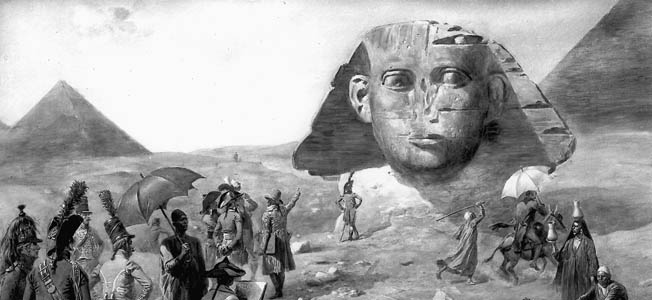
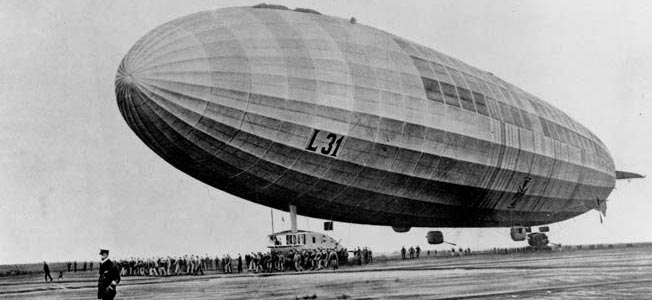
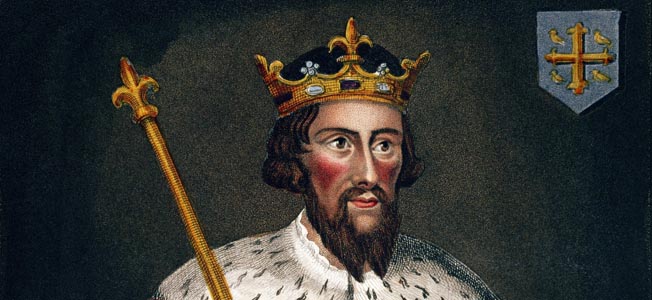
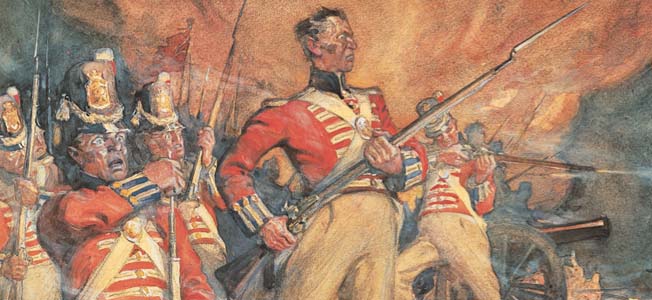
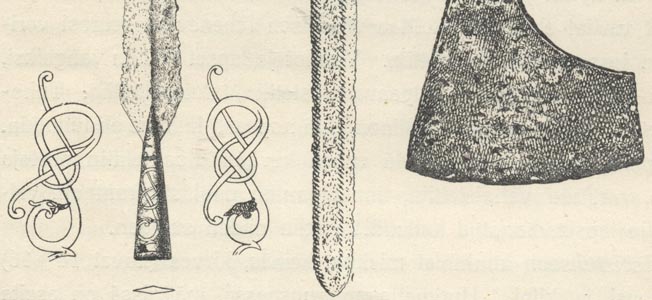
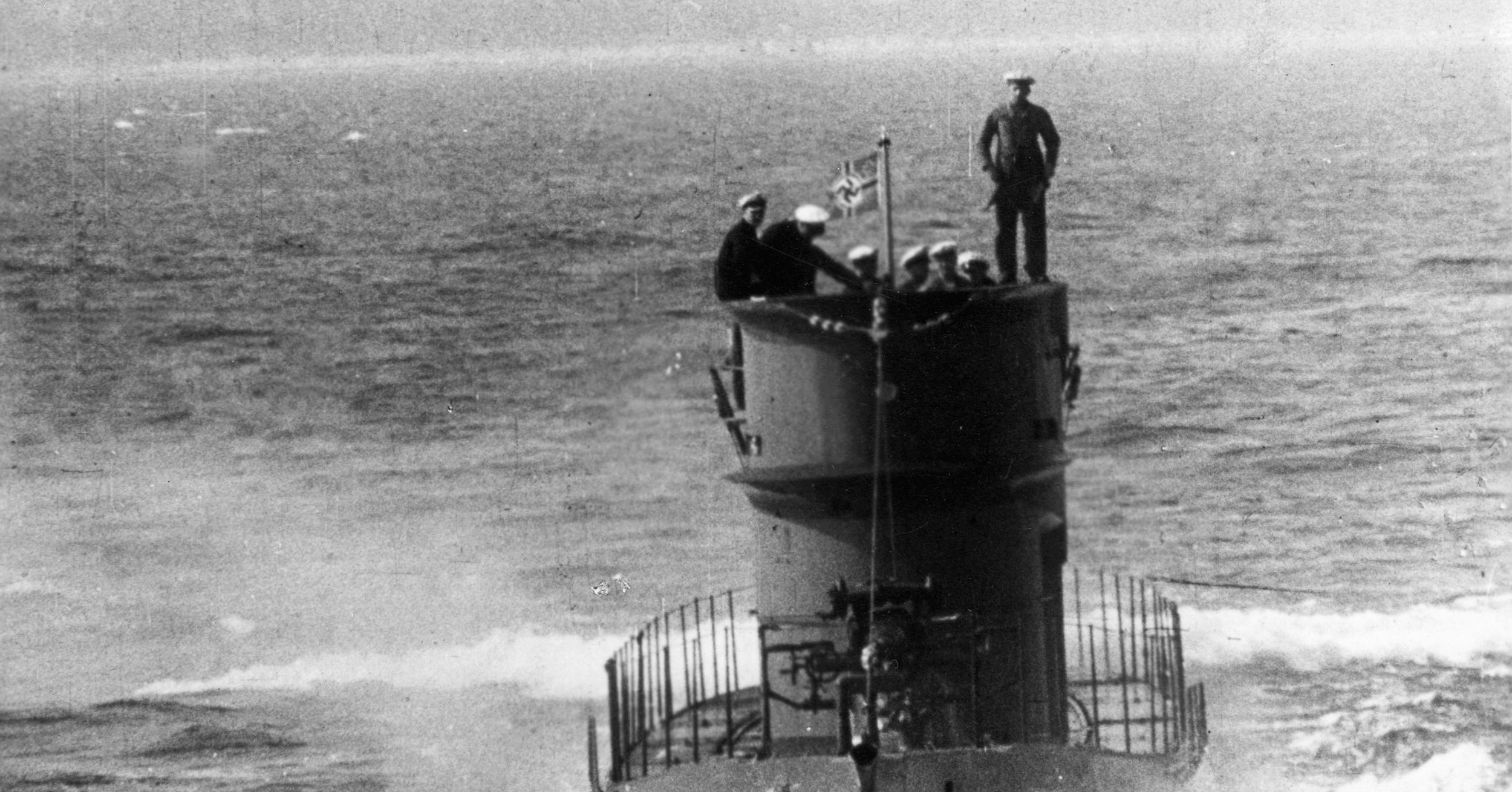
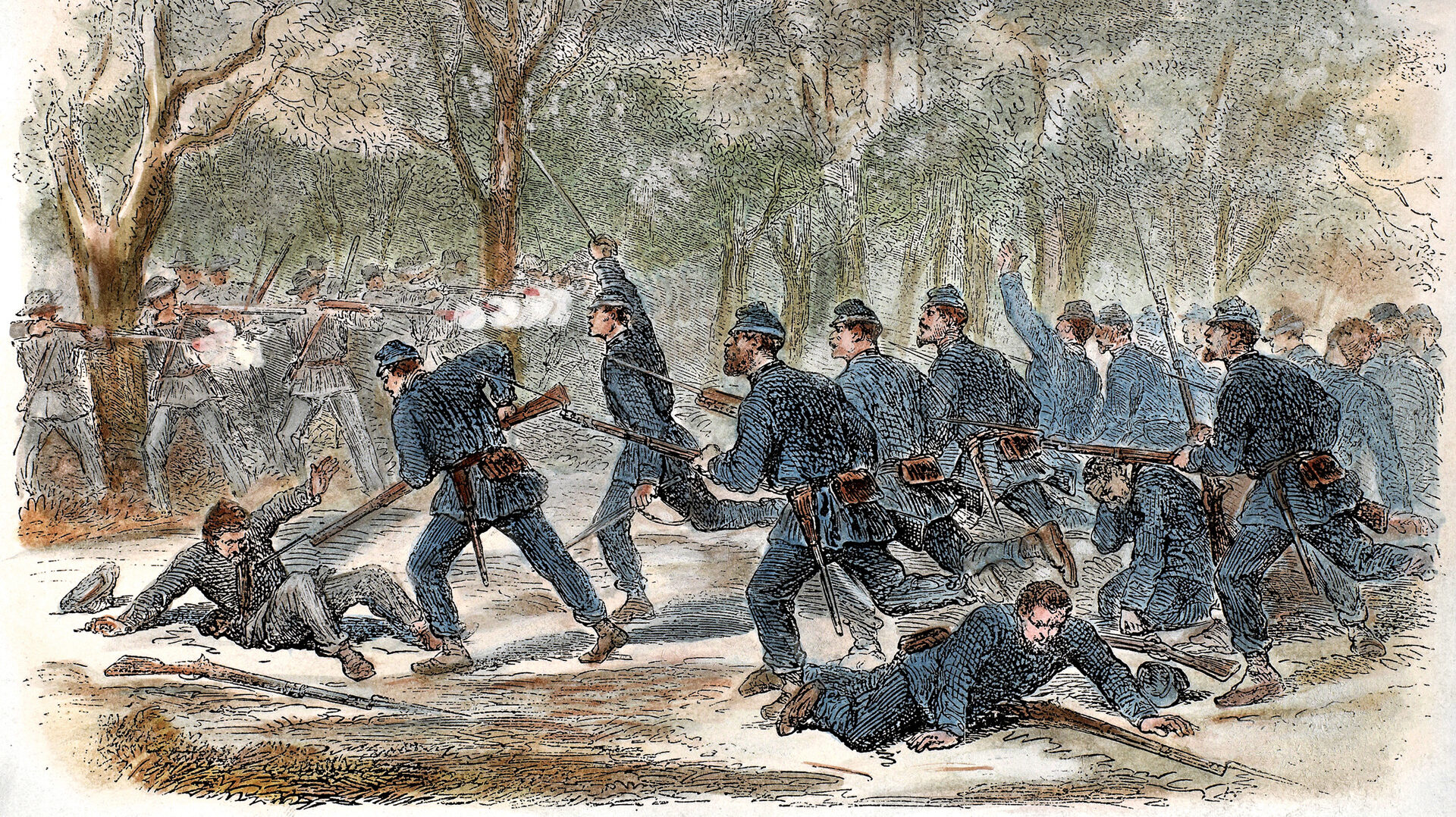
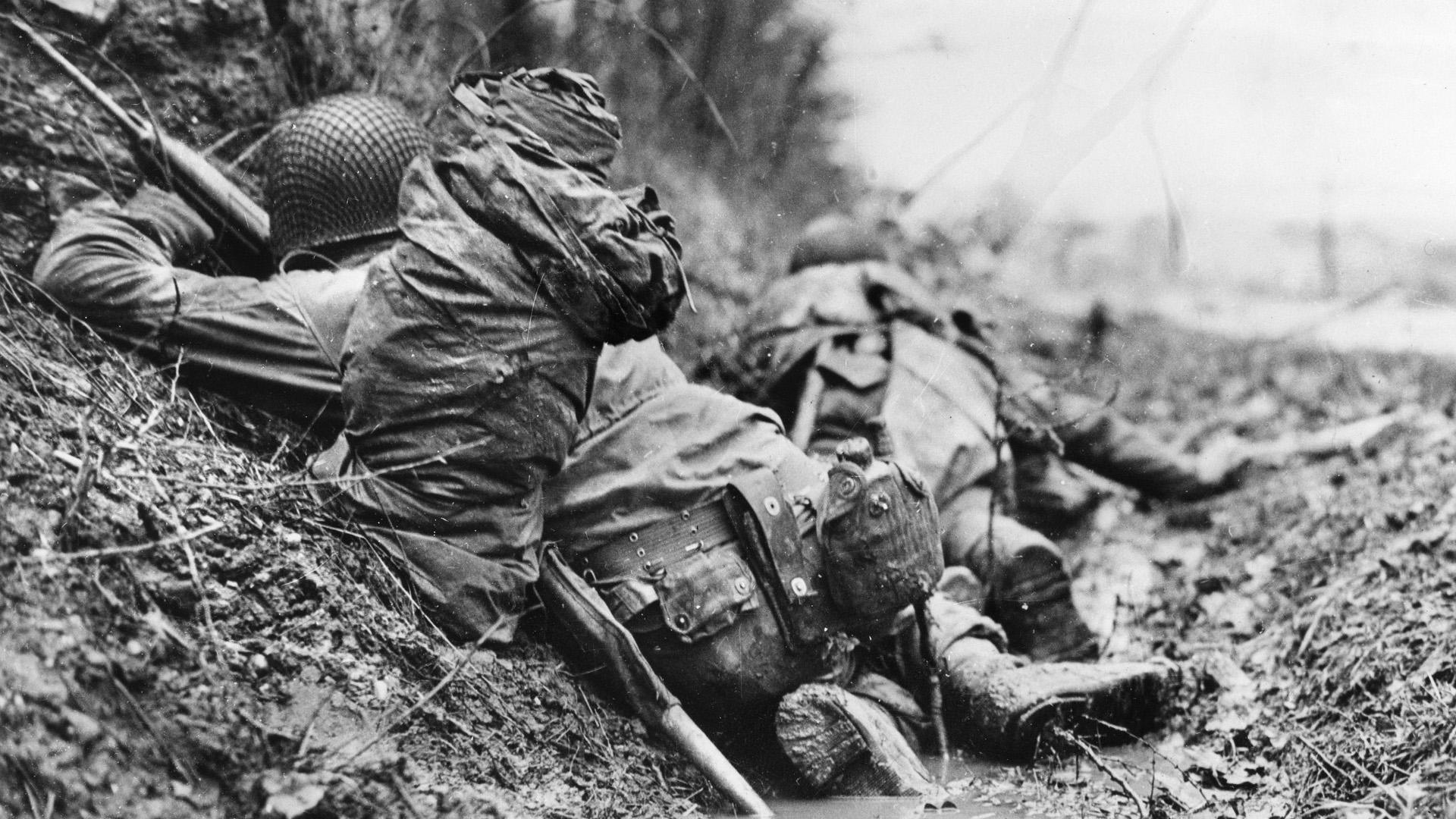
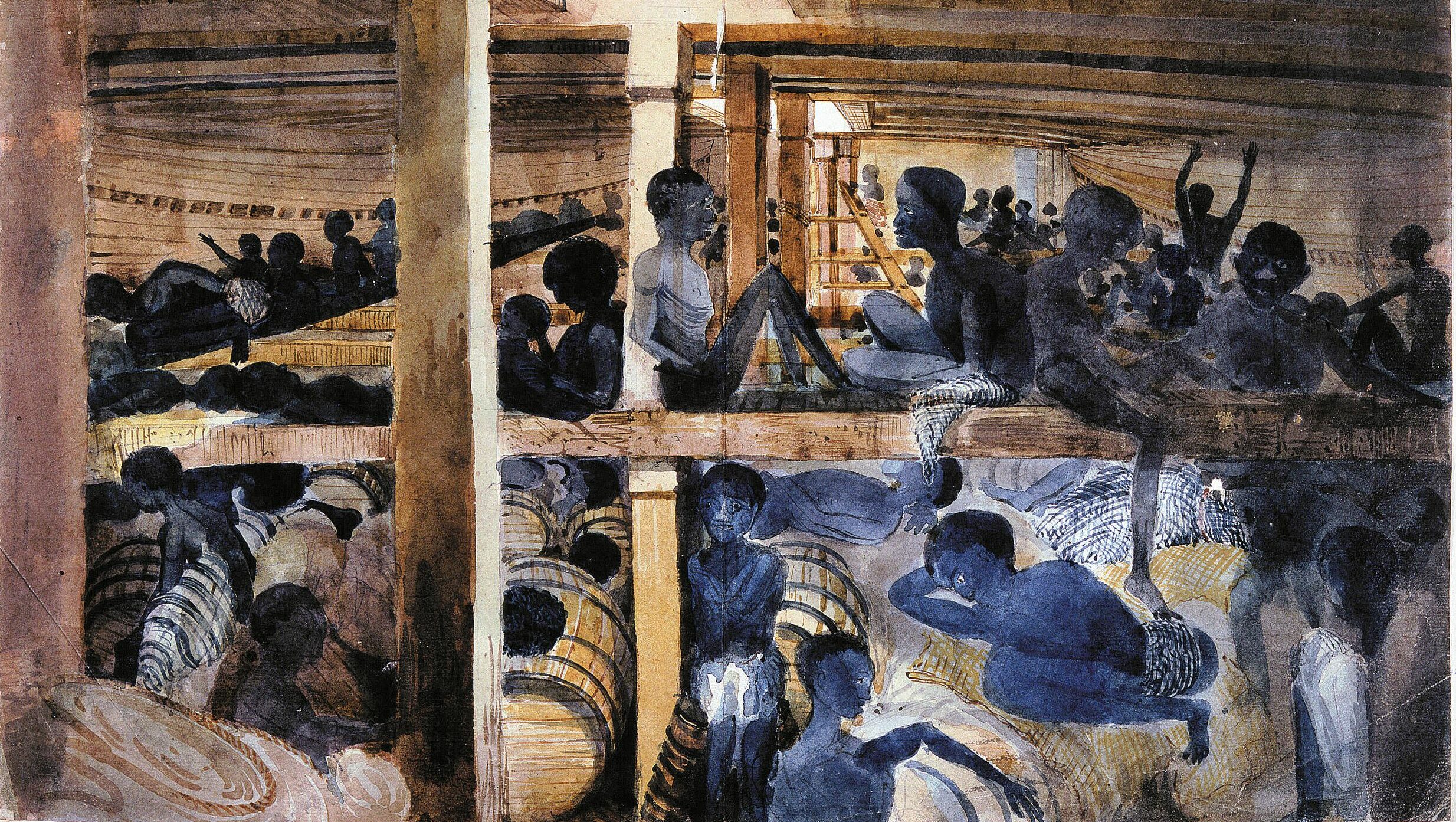
Join The Conversation
Comments
View All Comments